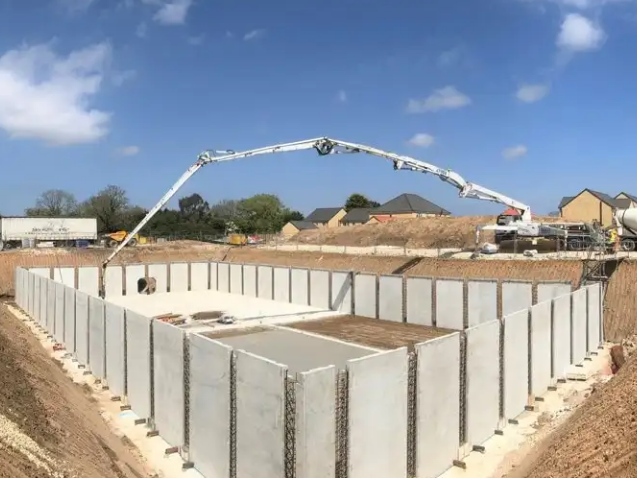New Stormwater Management Techniques to be followed by Each Household
Stormwater runoff is a major cause of concern for cities because due to impervious surfaces all around it does not get managed in its natural way. In a natural setting, most of the rainwater is absorbed by the soil and tree canopies. The water absorbed by the soil helps in recharging the groundwater table.
In cities due to lack of impervious surfaces and green cover, heavy rainfall may cause flooding. As water is one of the best solvents, it picks up all the dirt and pollutants from the ground and discharges them to the receiving water bodies. Therefore, it becomes a major cause of nonpoint source pollution. To prevent these problems, most municipalities use storm drains.
Well, the conventional stormwater management techniques just focus on removing stormwater from the source to the nearby water bodies. But it does not aim to prevent water pollution. Well, to prevent water pollution, municipalities are already trying their best. But as a citizen, we can implement some important techniques for stormwater management. Here, we have discussed a few of them:
1) Install stormwater attenuation system
A stormwater attenuation system comprises an underground stormwater attenuation tank that effectively collects the entire rainwater falling on residential or commercial campus. You need to ensure that the water is collected in such a way that there are no chances of carrying away dirt and pollutants from the surface. Therefore, you should keep the roof, lawn, and other pervious and impervious surfaces clean. It is important that you do not spray chemical pesticides and fertilizers before the rainy season. Also, do not wash your car on the lawn and avoid your pets from littering here and there on the campus.
Once water is stored in the underground tank, it can be diverted to the main drainage system at a moderate rate.
2) Implement GI practices
Green infrastructure practices like bioswales, rain gardens, and green roofs focus on preparing a green cover to restore the natural hydrological balance. The increased vegetated areas help in checking the flow and quality of water. As both green plants and soil are excellent water filters, they help in maintaining the quality of water by absorbing dirt and pollutants from it. Moreover, GI practices also improve the groundwater recharging system.
Conclusion- Potential development activities may be reduced by installing a stormwater attenuation system at homes and commercial complexes as it ensures the water bodies receives non-polluted water. Moreover, we should also implement green infrastructure practices as they help in restoring the natural hydrological balance.



Comments
Post a Comment